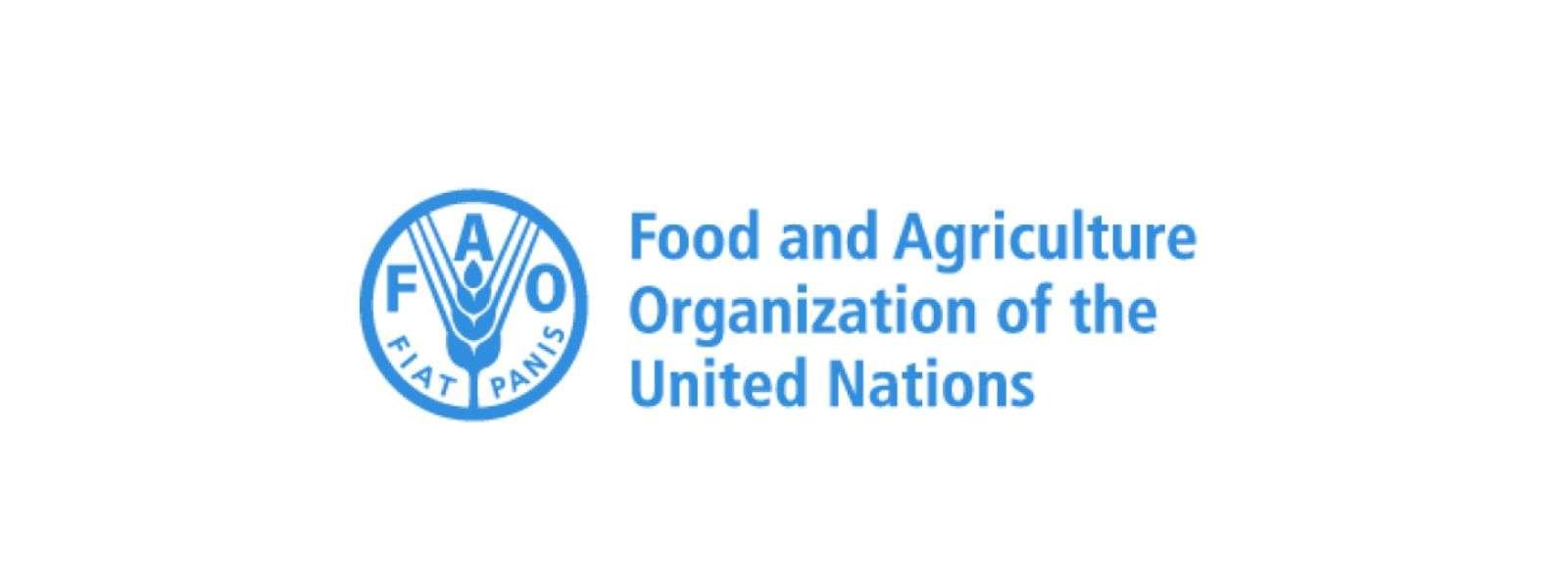
Countries unite for agrifood system transformation
Forty countries from the Asia and Pacific region today agreed that transforming agrifood systems was imperative to providing food security for their children’s generation and beyond, the Food and Agriculture Organization of the United Nations (FAO) reported.
The summation was delivered at the close of the 37th Session of the FAO Regional Conference for Asia and the Pacific (APRC37). The conference was hosted by the Government of Sri Lanka.
Forty countries of Asia and the Pacific attended the APRC, with the vast majority attending in-person, including some 20 government Ministers. It was the first time since 2018 that a large in-person gathering of the region’s food and agriculture Ministers and other policymakers was convened by FAO, and is seen as emblematic of the attention needed to recover from the pandemic and disruptions caused to food production and distribution that has plagued many countries in the region ever since.
A wake-up call to learn from the past – and each other:
The global pandemic, coupled or followed closely with a shortage of food, feed fuel, fertilizer and access to finance, caused food price to jump significantly. Lessons were learned and many called it a ‘wake-up call’ to ensure that food affordability and availability and agricultural production must be a global priority.
“Food and agriculture are now at the centre of the global development agenda and this is an opportunity for all of us, including civil society and private sector organizations to decisively reimagine and reshape agrifood systems for global economic, social and environmental benefits,” said Jong-Jin Kim, FAO’s Assistant Director-General and Regional Representative for Asia and the Pacific. “This transformation will be important for you to maintain a sustainable environment and increase biodiversity, while providing opportunities for decent jobs for people. That is the added value of modern farming,” Kim said to the delegates at the end of the four-day conference.
Kim called on the FAO Member Nations gathered to address these issues holistically. “We must do this together with all relevant key partners, not only with the Ministers for Agriculture, Food and Rural Affairs, but also with Ministers for Welfare, Women, Children, Environment, Science, Education, Trade Investment and Finance. These are their duties too. So, we must work together as a team.”
“Science and Technology are constantly evolving. In the agrifood sector, we should lead,” said Kim. “Agriculture, food and nutrition are at the core of humanity’s needs – and the world casts its eyes towards Asia and the Pacific region for leadership. As the Director-General said – we are the Agents of Change,” Kim added, referring to the opening statement to the conference by the FAO Director-General, Dr QU Dongyu.
Conclusions and recommendations going forward – Better Production, Better Nutrition, Better Environment and a Better Life – leaving no one behind:
In the final report to the APRC – FAO’s regional governing body – it acknowledged several important points for further action by FAO and other actors.
It noted ‘the main challenges facing the region relate to its ability to sustainably increase productivity and innovation, particularly in the face of resource limitations, climate change risks and the region’s growing population as the medium- and long-term outlook highlights’ and emphasized the importance of transparent, predictable, open and fair markets, underpinned by an effective multilateral trading system, for food security.’
The report went on to recognize ‘the importance of digital innovations and blended finance, engaging the private sector in mobilizing resources for resilient, inclusive and sustainable agrifood systems transformation. It also highlighted the need to focus on specific issues including local food systems, low carbon, resilient and sustainable practices, and water issues; strengthen efficient, inclusive and resilient value chains and markets; boost initiatives under the Paris Agreement; and develop global standards for biosecurity and food safety, important for agrifood systems, early warning systems and anticipatory action.’
Transforming capture fisheries and aquaculture towards sustainability in Asia and the Pacific region:
The report highlighted the Asia-Pacific ‘region's leadership in capture fisheries and aquaculture, contributing with over 70 percent of global production; the aquaculture sector is projected to grow by over 20 percent by 2030. It also acknowledged that when managed and developed sustainably, aquatic food systems, in both marine and freshwaters, including aquaculture and fisheries of the region, contributed significantly to improving food and nutrition security and livelihoods, specifically enhancing women’s participation along the value chain.’
The Conference welcomed FAO’s Blue Transformation vision in the context of Asia and the Pacific region ‘to increase the contribution of fisheries, aquaculture and aquatic foods value chains to provide a more significant proportion of nutritious food and resilient livelihoods in the region, while recognizing that Blue Transformation promotes sustainable aquaculture intensification, effective management of all fisheries and upgraded value chains to ensure the social, economic and environmental viability of aquatic food systems.’
The report was adopted by acclamation, and will be published in due course on the APRC37 Website with all conference documents

